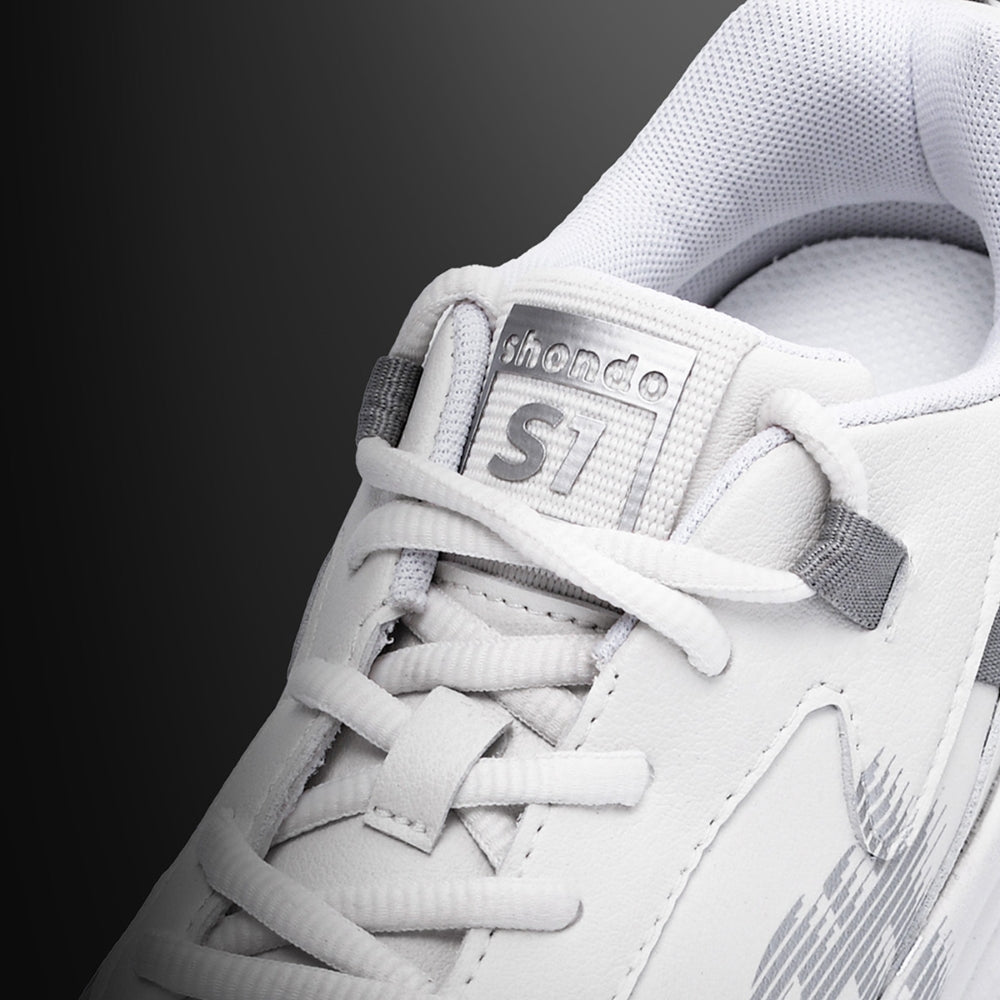Sneakers have now become a fashion, cultural and essential symbol in everyday life. From classic designs to modern versions, sneakers always attract the attention of millions of people around the world. To better understand your sneakers, it is extremely important to understand their structure and components. This article Shondo will help you explore in detail the components of sneakers from A to Z, along with learning about popular technologies applied in shoe production.
1. Parts of a sneaker
Sneakers are one of the most popular and favorite types of shoes today, thanks to their variety of designs, convenience, and youthful style. To better understand the structure and quality of a sneaker, you need to understand its main parts. Here are the basic parts of a sneaker:
1.1. Shoe body
- Vamp: This is the leather or fabric that covers the toe and sides of the shoe, protecting the toes and giving shape to the toe. Vamps are often made of leather, canvas, mesh, or other synthetic materials.
- Quarter: The part that covers the heel and the back of the shoe. The quarter also contributes to stability and support for the heel.
- Tongue: The pad located under the shoelaces that protects the instep from the laces. The tongue also helps to stabilize the foot and prevent dirt from entering the shoe.
- Eyelets: Small holes in the upper of a shoe used to thread the laces through, allowing for adjustment of the shoe's fit. Eyelets can be made of metal, plastic, or fabric.
- Laces: Used to fasten shoes and adjust fit. Shoe laces come in a variety of materials, colors and styles.
- Aglets: Plastic or metal tips at the ends of shoelaces that help thread the laces easily and prevent damage to the laces.
- Debré: A decorative accessory usually attached to shoelaces, which accentuates the shoe.
- Sockliner: A thin lining inside the shoe that comes into direct contact with the foot. Sockliners enhance comfort, absorb sweat, and can be removed for cleaning.
- Collar: The padding around the ankle, providing comfort and support to the ankle.
- Foxing: A strip of material that wraps around the sole and upper of a shoe, connecting the two and adding strength to the shoe. Foxing can also be a design element, adding an extra touch to a shoe.
- Stitching: The stitching on the shoe not only connects the parts together but also contributes to the aesthetics and durability of the shoe.

1.2. Shoe sole
- Insole: The lining inside the shoe, located below the sockliner. The insole provides extra cushioning and support for the foot.
- Midsole: The cushioning layer located between the outsole and the insole. The midsole plays an important role in absorbing impact, providing comfort and support for the foot. Cushioning technologies such as Air Max, Boost, React are often integrated into the midsole.
- Outsole: The sole that comes into direct contact with the ground. The outsole is made of rubber or other abrasion-resistant materials that provide grip and durability to the shoe. The pattern on the outsole also affects the grip of the shoe.
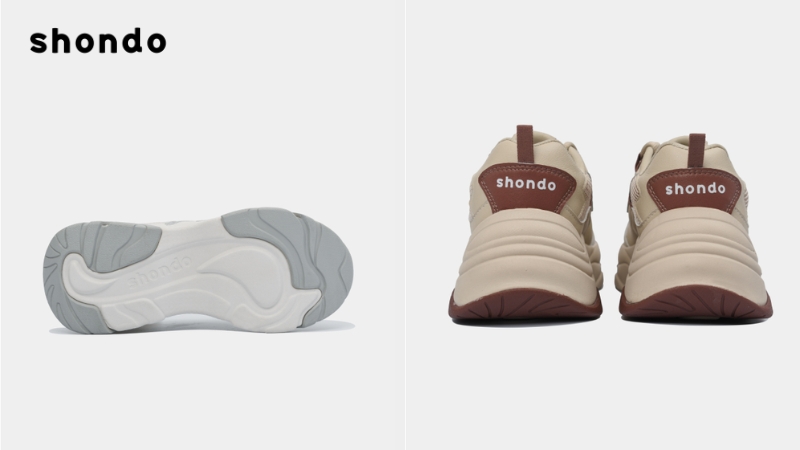
2. Popular technologies create durable and beautiful sneakers
Sneaker manufacturers are constantly researching and developing new technologies to improve the performance, comfort, and aesthetics of their products. Here are some common technologies used in sneakers:
- Nike Air: Nike's famous air cushioning technology, providing excellent cushioning and support. The Air Max, Air Force 1 and Air Jordan versions all use this technology.
- Adidas Boost: Adidas' TPU cushioning technology provides a dynamic and highly elastic feel. Ultraboost and Yeezy Boost are prominent shoe lines that use Boost technology.
- Nike React: Nike's foam cushioning technology, lightweight and resilient, providing comfort and good energy return.
- Adidas Primeknit: Seamless knitting technology, creating a close-fitting and breathable shoe upper.
- Nike Flyknit: Similar to Primeknit, Flyknit is also a seamless knitting technology, helping to reduce weight and increase the shoe's fit.
- Gore-Tex: Waterproof and breathable technology, helps keep feet dry and comfortable in all weather conditions.
- Vibram: Advanced outsole technology, providing superior grip and durability.
- Continental: A collaboration between Adidas and Continental, using car tire technology to create an outsole with extreme traction.
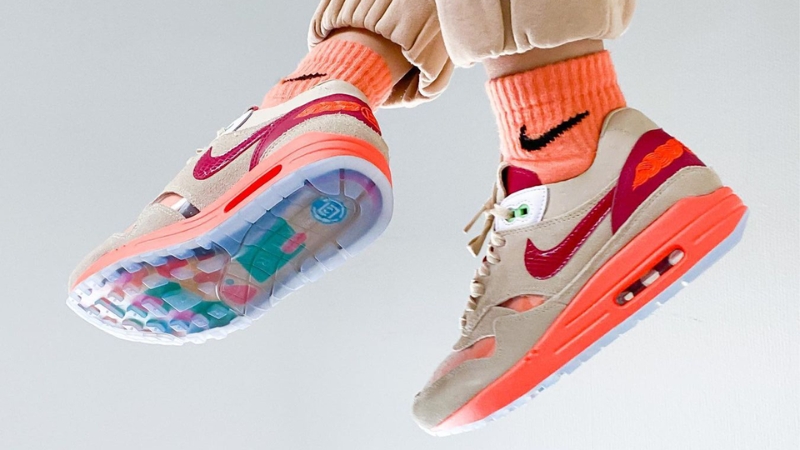
Understanding the components of a shoe and the technology of a sneaker will not only help you choose the right pair of shoes for your needs, but also help you preserve and use your shoes more effectively. From properly cleaning each part to recognizing signs of damage, knowledge of the structure of sneaker components will help you prolong the life of your favorite shoes.
Understanding the components of a shoe not only helps you choose the right pair of shoes for your needs, but also enhances the user experience and extends the life of the product. From the trendy upper to the sturdy sole, every detail contributes to making a difference. Become a smart consumer by discovering more about shoe construction and learning more about the shoes that suit your style.
Related Articles
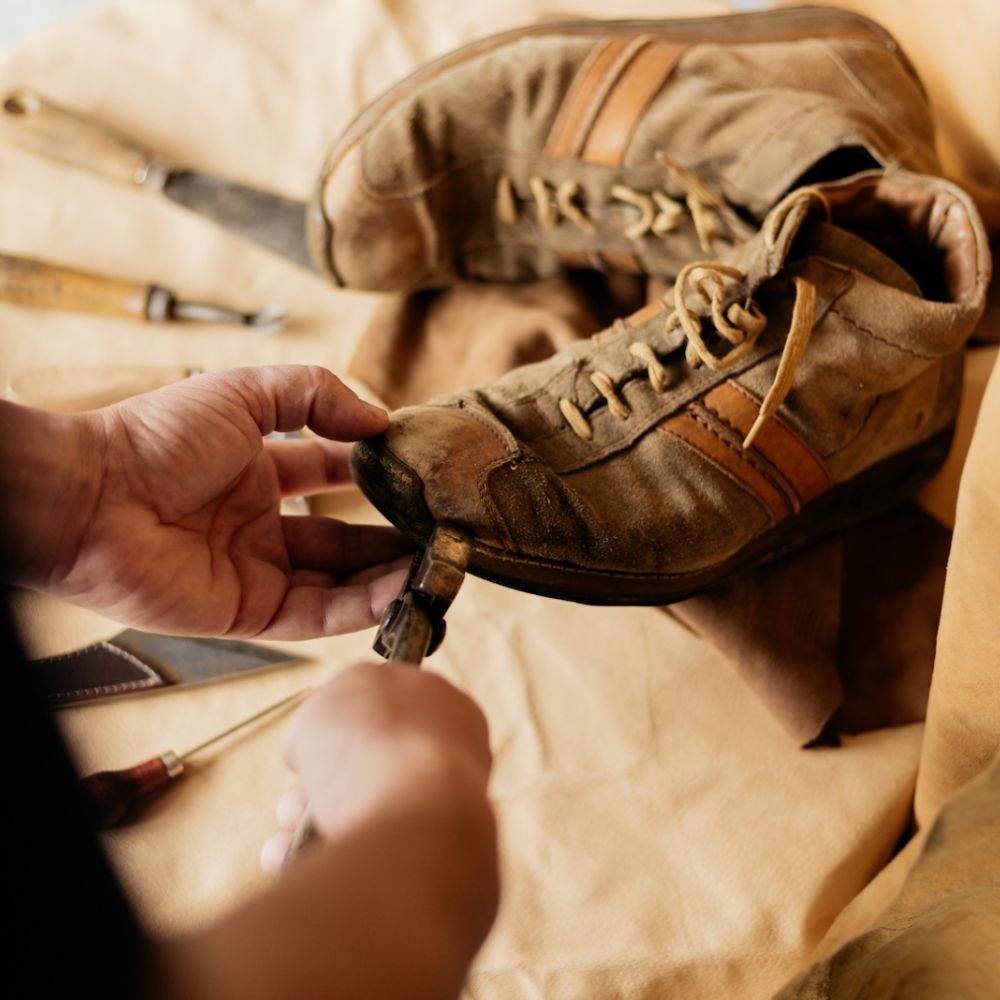
Giày da bị nứt là vấn đề phổ biến với những ai yêu thích và thường xuyên sử dụng loại giày này. Đừng lo, Shondo sẽ giúp bạn tìm ra nguyên nhân đồng thời hướng dẫn cách khắc phục, bảo quản đúng cách...

Cleaning sandals seems easy but is actually difficult, especially with "difficult" materials that are easily damaged and lose their aesthetic appeal. Shondo will "whisper" to you how to clean sand...

You are walking around town with your favorite sandals when suddenly the strap breaks. It is a "half-laughing, half-crying" situation, but don't panic, because fixing a broken sandal strap is not a...
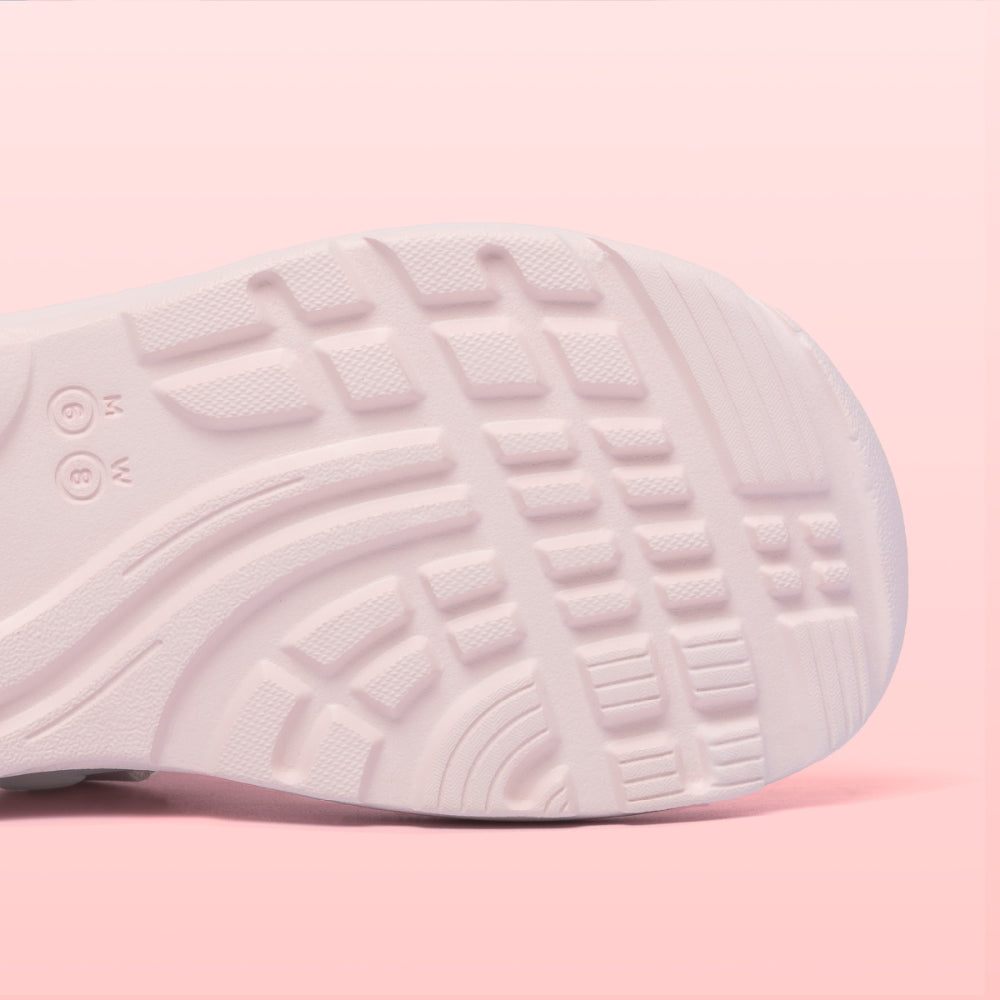
Sandals are the ideal choice for active days, but shoe odor can make you lose confidence. So how to effectively remove odor from sandals? In this article, Shondo Blog will share simple but extremel...
Read more
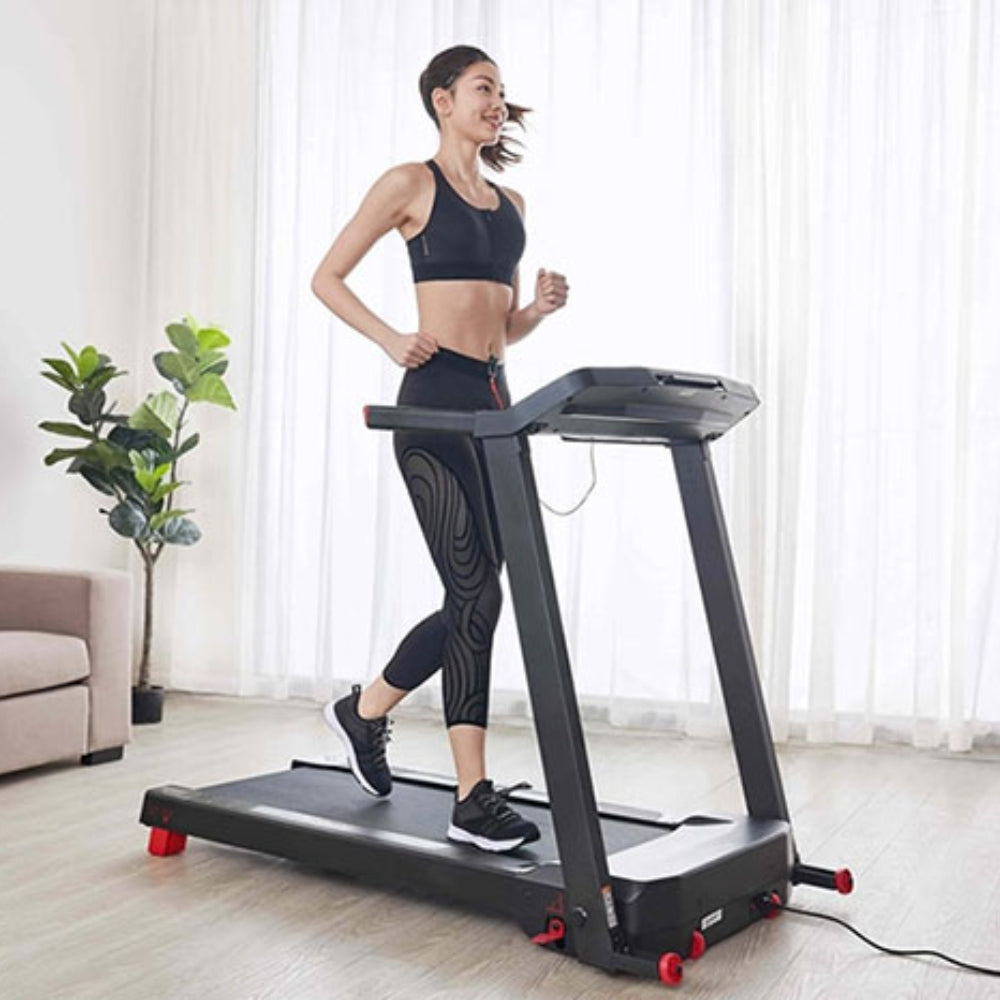
Exercising at home offers convenience and privacy, making it easy to maintain your fitness routine. However, whether you need to wear shoes when exercising at home is still a question that many pe...

Unlike adults, children need to be protected and cared for more carefully. Choosing a suitable pair of shoes is relatively difficult. As parents, we should refer to famous, reputable and quality ch...

